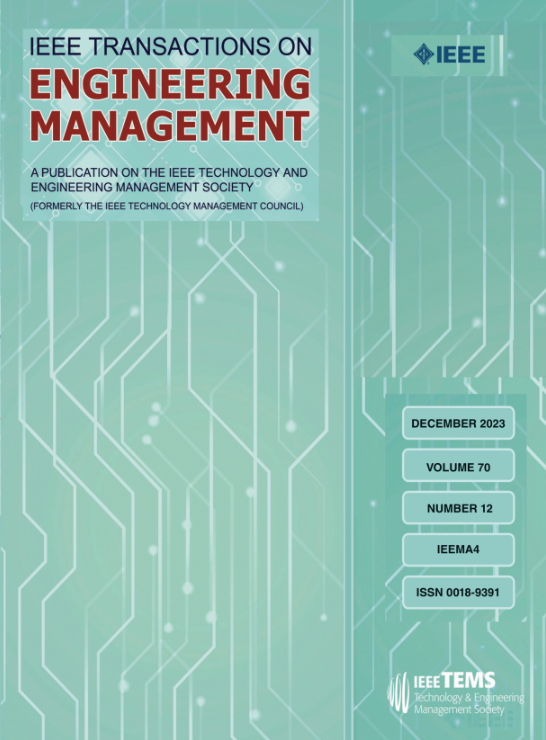汽车产品结构概念术语:系统制图研究
IF 4.6
3区 管理学
Q1 BUSINESS
引用次数: 0
摘要
汽车行业正在经历一场重大变革,汽车正在演变为复杂、互联的网络物理系统。新的客户需求、法律标准和技术创新导致电子控制单元、软件和功能越来越多,从而引发了这一转变。为了应对随之而来的软件相关挑战,汽车制造商正在采用软件产品线工程、电气/电子平台和产品生成工程等方法。然而,这些方法都依赖于各自的词汇,因此有必要统一对关键术语和定义的不同理解和解释。在本文中,我们研究并讨论了一个术语框架,该框架为明确统一的产品结构概念提供了共同基础。为此,我们开展了一项系统的映射研究,以建立一个用于描述软件、电气/电子以及机械工程领域产品结构化概念的现有术语和定义框架。我们讨论了这些术语的差异和共性,以帮助从业人员整合和应用产品结构概念,并指导未来的研究。本文章由计算机程序翻译,如有差异,请以英文原文为准。
The Terminology of Automotive Product-Structuring Concepts: A Systematic Mapping Study
The automotive industry is undergoing a significant transformation, with vehicles evolving into complex, interconnected cyber-physical systems. This transformation is caused by new customer demands, legal standards, and technological innovations, which lead to an increasing amount of electronic control units, software, and features. To address the consequent software-related challenges, automotive manufacturers are adopting methodologies like software product-line engineering, electrics/electronics platforms, and product generation engineering. However, each of these methodologies relies on an own vocabulary, necessitating a unification of the divergent understandings and interpretations of key terms and definitions. In this article, we investigate and discuss a terminological framework that provides a common ground for specifying a unified product-structuring concept. For this purpose, we conducted a systematic mapping study to develop a framework of existing terms and definitions used to describe product-structuring concepts in software, electrics/electronics, as well as mechanical engineering. We discuss the differences and commonalities of the terminologies to help practitioners in integrating and applying product-structuring concepts as well as to guide future research.
求助全文
通过发布文献求助,成功后即可免费获取论文全文。
去求助
来源期刊

IEEE Transactions on Engineering Management
管理科学-工程:工业
CiteScore
10.30
自引率
19.00%
发文量
604
审稿时长
5.3 months
期刊介绍:
Management of technical functions such as research, development, and engineering in industry, government, university, and other settings. Emphasis is on studies carried on within an organization to help in decision making or policy formation for RD&E.
 求助内容:
求助内容: 应助结果提醒方式:
应助结果提醒方式:


